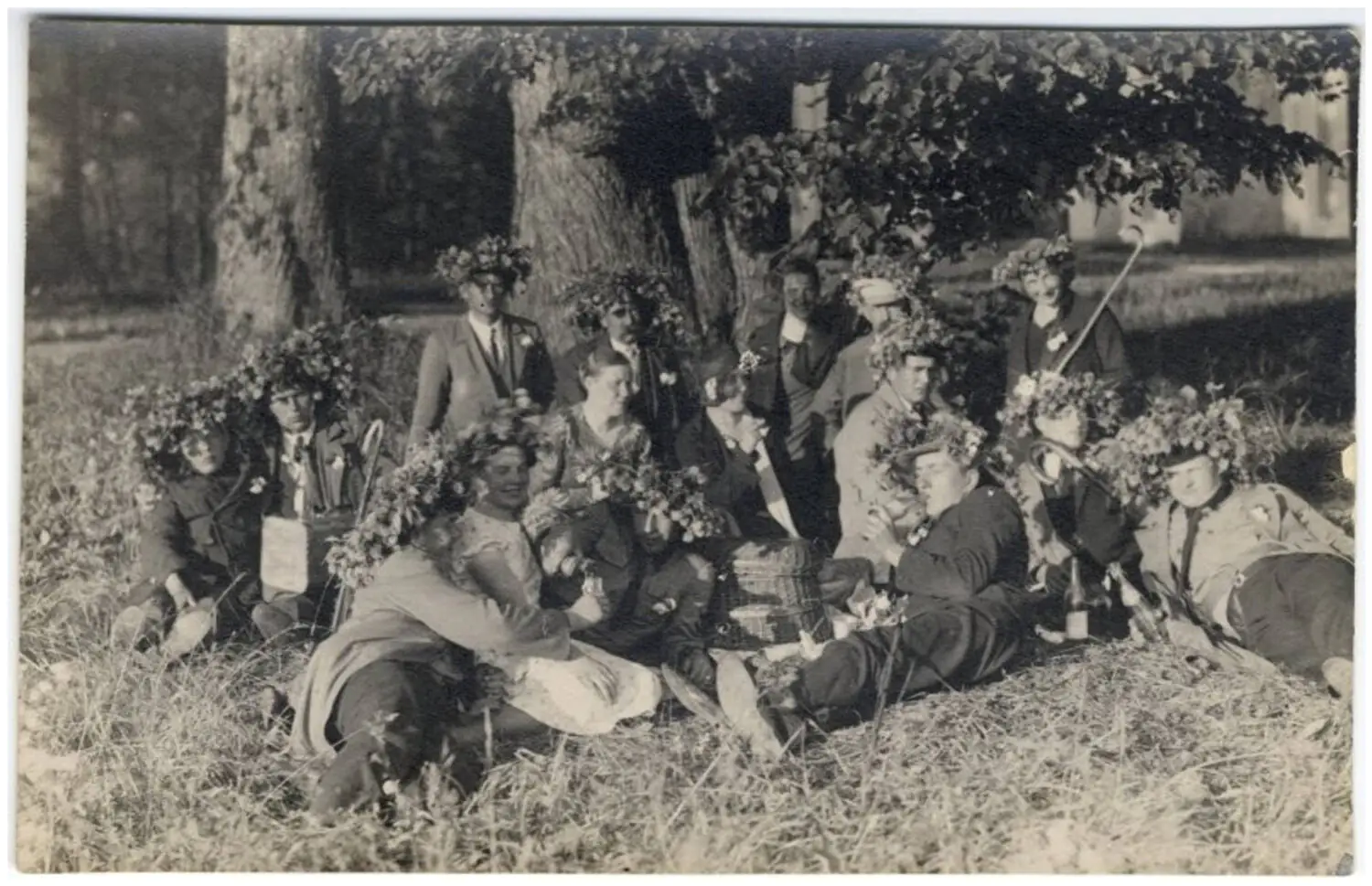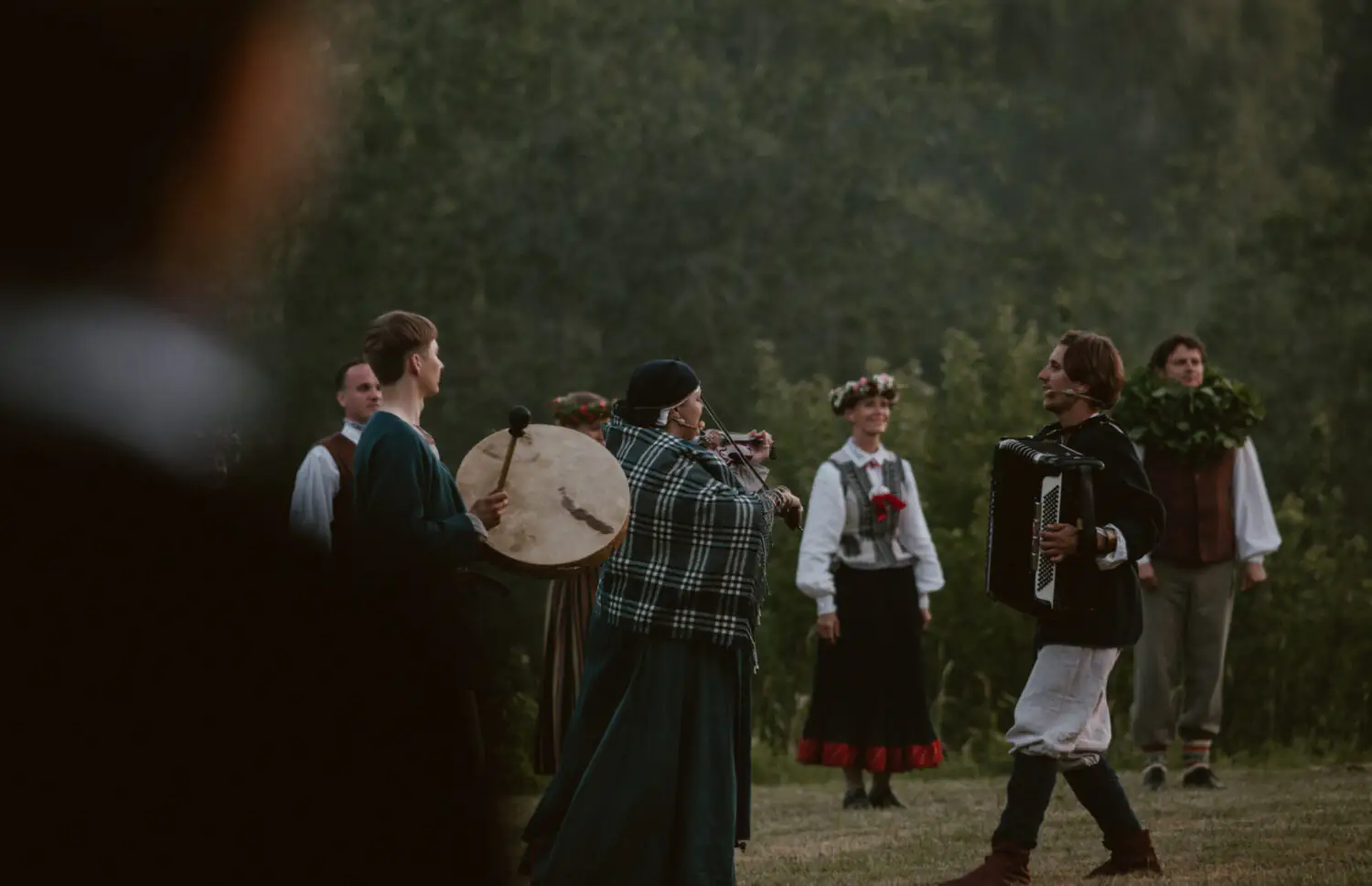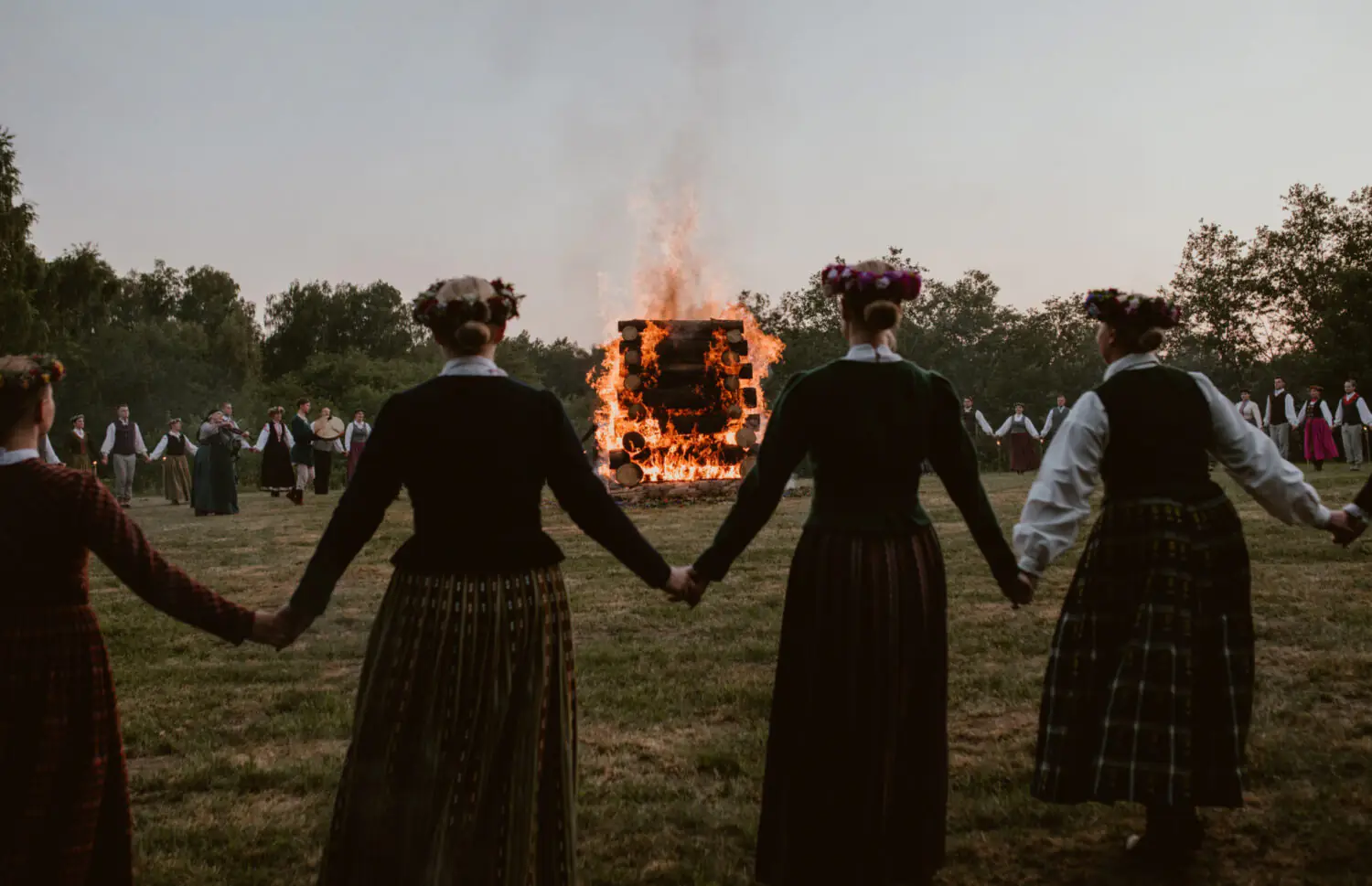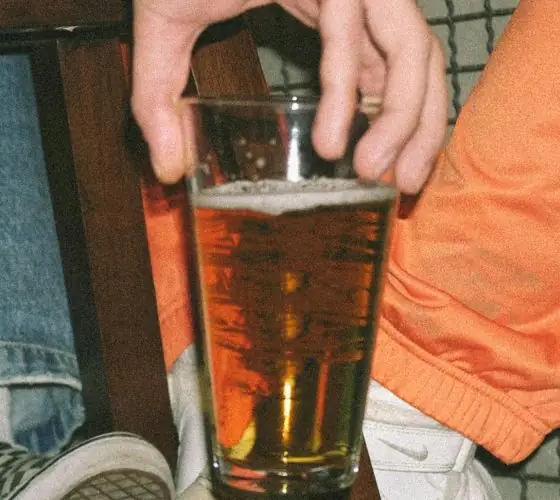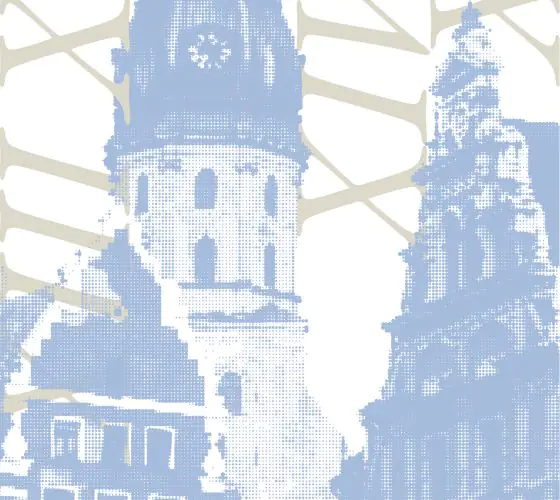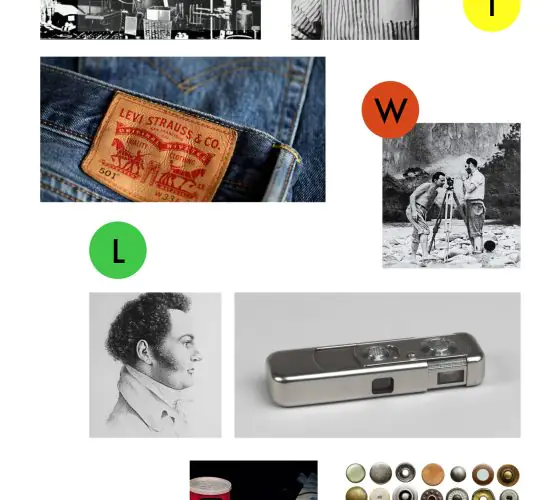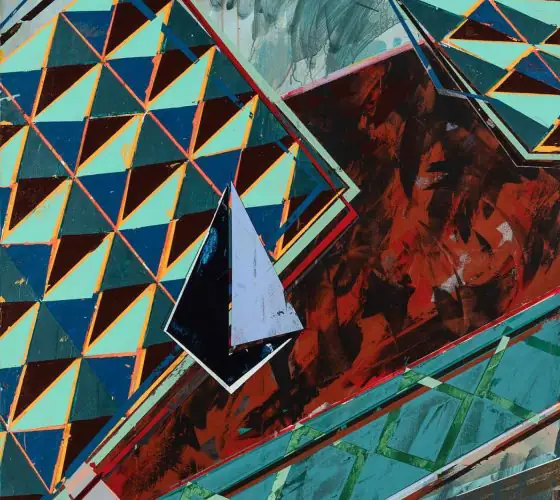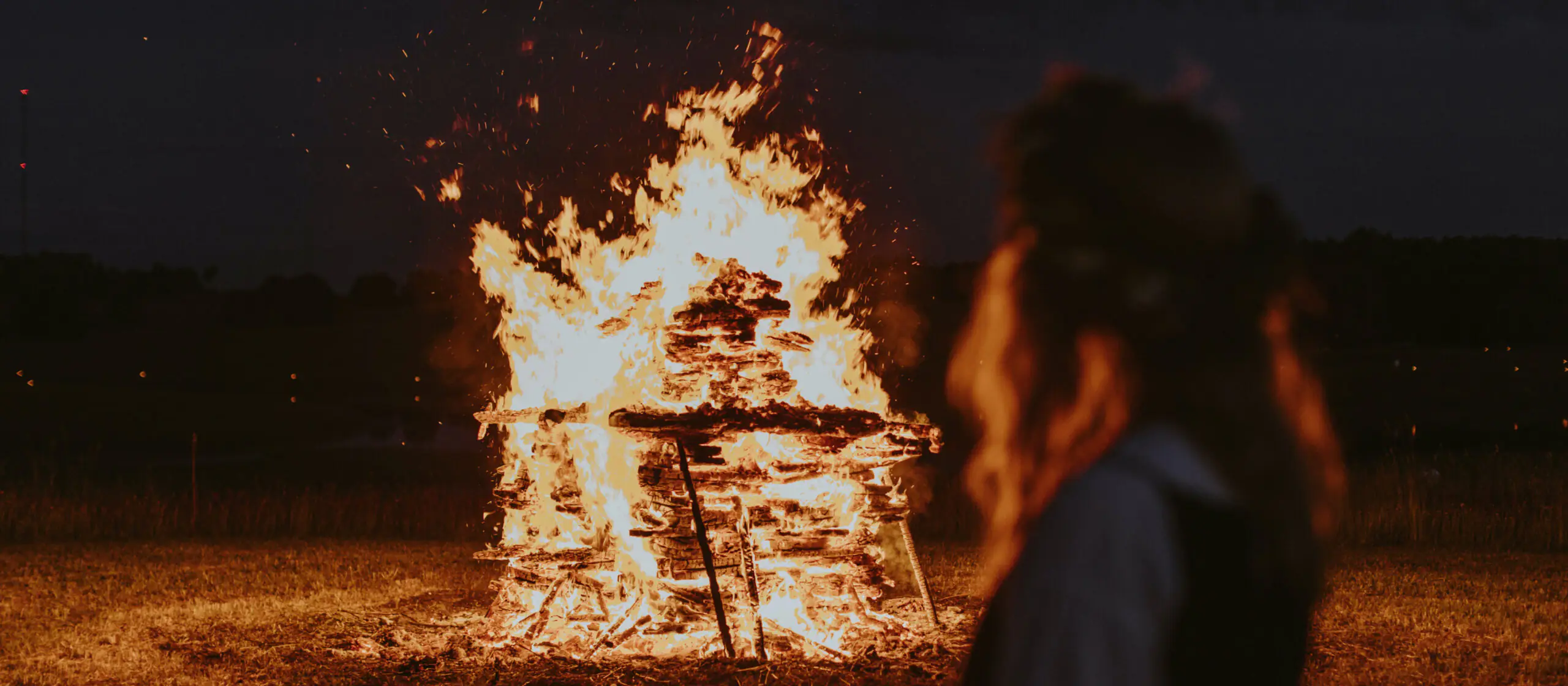
The Birth of “Ligo”
“Ligo”, or “Jani” is the day of the solstice. During the “Ligo” Latvians praised the god of fertility — Janis. The celebration was called “Ligo”, because in many songs performed on that day, the word “ligoties” (ligoties from Latin — to sway) can be often heard. The lyrics spoke to the sun and asked for it to rise above the planted fields for a good harvest.
On the eve of “Jani” night (Herbal or Green day), the girls made bouquets and collected medical plants: clover, chamomile, mint, St. John’s wort and others. The corners, doors, and windows of the house were decorated with branches of birch, oak, and ribbon. Wreaths made of oak were especially appreciated. Oak is a tree that is often hit by lightning, so the wreaths of it were a kind of amulets filled with heavenly fire. And also the oak is a symbol of longevity, and in order to wish men a long life, girls put wreaths on their heads.

zinas.tv3.lv
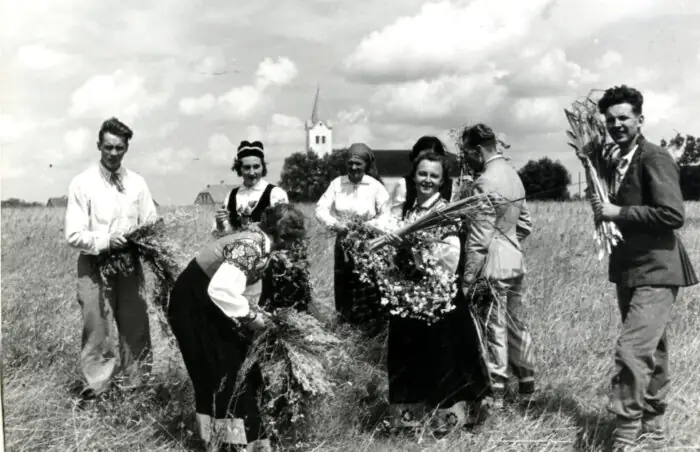
kulturaskanons.lv
Celebration in the old days
By June 23, farmers had to finish their field work and prepare meals for distinguished guests — beer and cheese. The round yellow heads of cheese are like the sun, so they are the main attributes of the celebration. Cheese was not simple, made with cumin and therefore had a bright aroma, combined exclusively for this holiday.
Important characters of the celebration were “Jani’s father and mother” (owners of the house). The man was brewing beer, and the woman was preparing “Jani” cheese with cumin. Janis’ children knocked on the bandage with noise and singing, and the hosts welcomed them with their meals.
When evening came, the villagers went to any high point and called it “Janis mountain”. There was a pole set with a barrel of resin. Janis climbed the “tower” with a fire in his hands and lit the barrel. In most regions of Latvia, this tradition was called “Janis Fire”, “Janis Lamp” or “Janis Candle”.
Before dawn, they danced on Janis Hill, performed rituals and sang songs. Today more than 40,000 quatrains are known in the theme of “Ligo” celebration.
At 02:02 the straw-wrapped wheel and tar-watered cart wheel were set on fire and rolled from the high ground towards the set of cheers, songs and unruly fun.
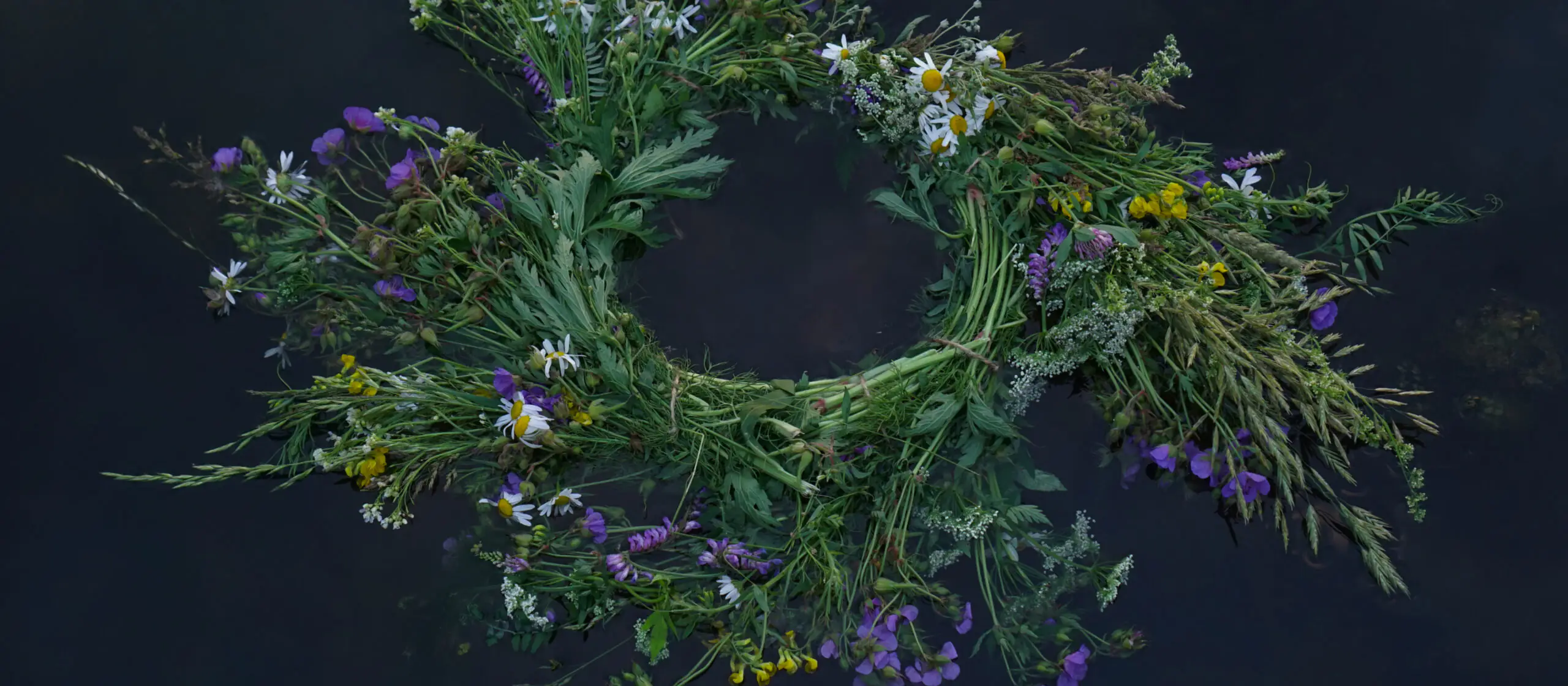
Rituals and Legends
Singing and dancing around the campfire meant promoting the fertility of the sown fields. If they wanted to experience the strength of love, the couple jumped over the fire whilst holding their hands. If during the jump lovers lost grip, it meant that their love won’t last forever.
The girls wove wreaths and let them through the water. If the wreath does not sink into the water — in the autumn you will be a bride. To embellish a young man before a date, you had to hold a small head of cheese with cumin under your arm and then feed the lover.
The traditional fire was created by friction of oak and spruce bars. They threw clothes in it, most often a handkerchief or a shirt. It was customary for getting rid of misfortunes and ailments.
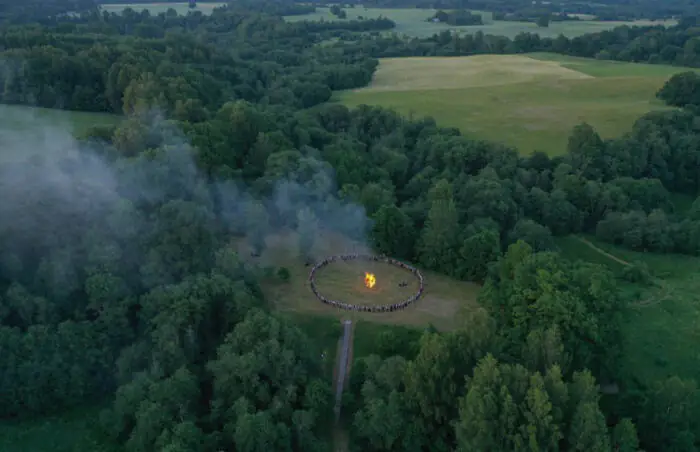
aizputesnovads.lv
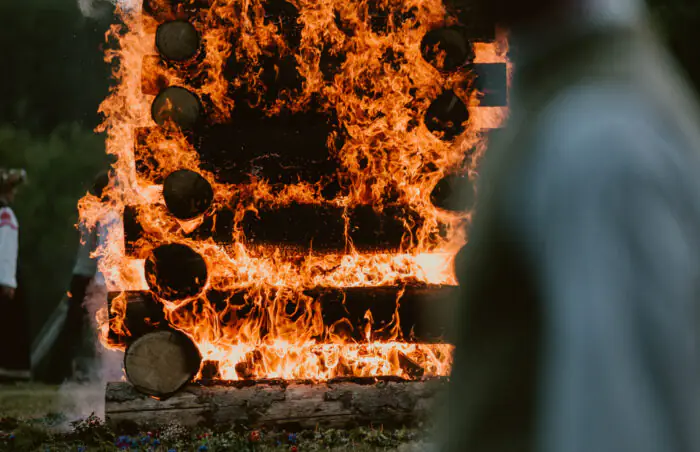
aizputesnovads.lv
The wreaths made on “Jani” night held magical value. They were worn on the heads of people and even animals. Men got oak, and women — from delicate flowers.
The main tradition of the holiday is the search for the fern flower. Both boys and girls wanted to find it. It was necessary to go into the forest, cut down a thick rowan stick, go forward and, in spite of everything, avoid turning around. It was believed that various sounds of the power of darkness wanted to prevent the search for the fern. The legend says that if a girl finds the fern in the night from June 23 to 24, she will meet a loved one and get married in the same year.
There are legends that you can not sleep during “Ligo” — the one who does not celebrate during “Jani” night will sleep all summer. It was also believed that if someone didn’t follow the tradition, they would remain unmarried for the rest of their lives.
Traditional “Ligo” Costumes
The main hat of the festival is the wreath of living flowers and plants. But it did not last long so more often beads, ribbons or other elements are used. In addition to wreaths on heads, a wide ribbon and a cap could be seen as an ornament. The wreath and ribbon were worn by unmarried ladies, and the cap was intended for married women.
The most popular outfit during “Ligo” is a long-sleeved linen shirt resembling a tunic. This shirt was worn by men, women, and children. On top of their shirts, girls wore a coat on the shoulders and it was called “villaine”. The colors, shape and embroidery on it differed depending on the region. There were white capes, as well as blue and green embroidery.
The mandatory length of the skirt is up to the ankle. Some chose striped skirts while others preferred caged design. There were also plain skirts. In addition to skirts, sundresses were worn, mainly in red. On the feet— shoes made of genuine leather called “pastalas”.
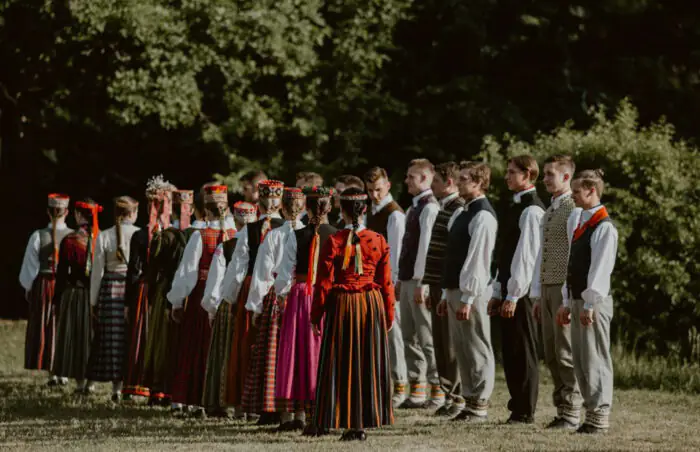
ligo.lv

ligo.lv
Bright and colorful elements of the costume — brooch (sakta). Traditional decoration with which a woman’s cape or a man’s shirt was fastened. Sakta was passed on in the family by inheritance, and was an indicator of a rich life. The jewelry was made of bronze, silver or iron, and for women in addition decorated with gems.
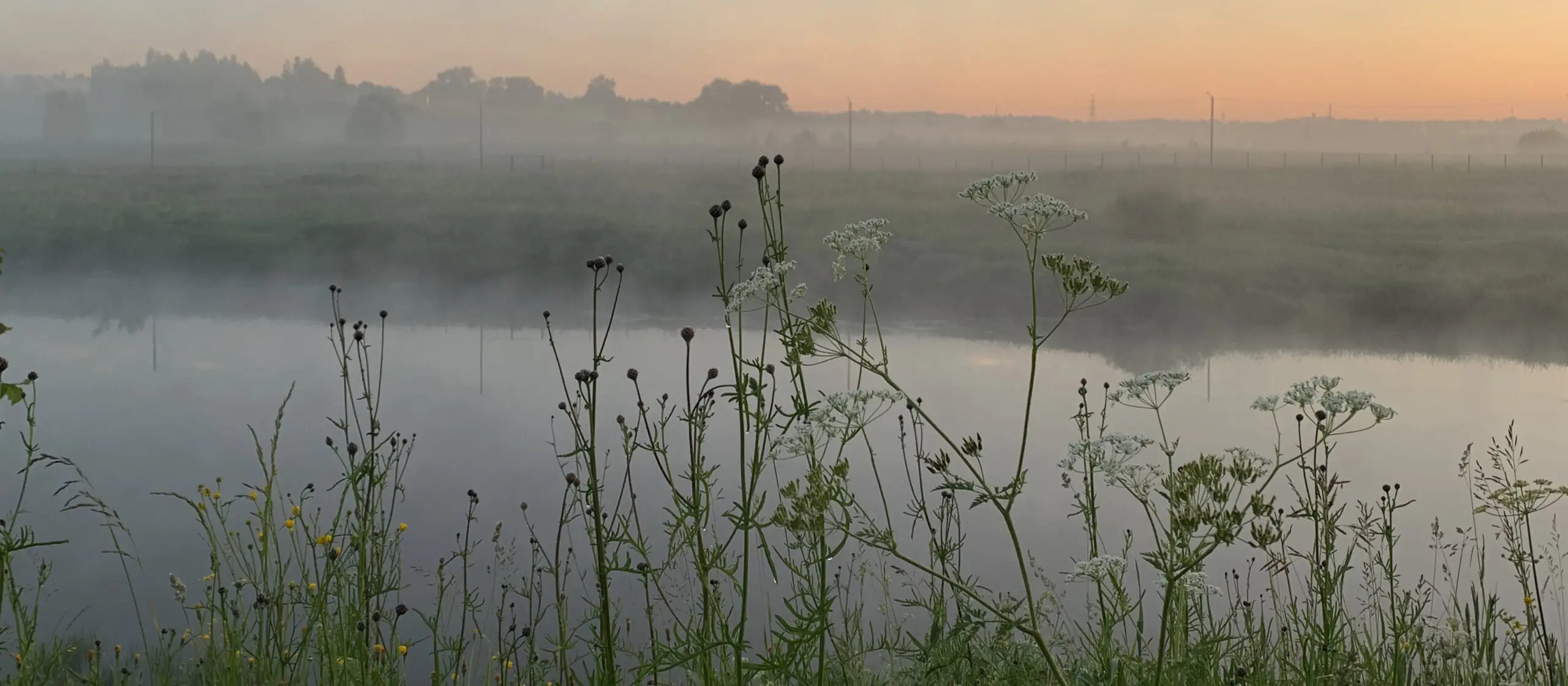
Līgo 2025 Guide in Riga
Where to go and what not to miss on June 18–21
June 18
Town Hall Square
From 19:00—grand dance concert “Mid-Summer Lives” featuring folk dance groups of all generations, including “Līgo”, “Sen Līgo”, “Daiļrade”, “Dzintariņš” and others. Hosted by actress Zane Burnicka.
Ziemeļblāzma Cultural Palace
From 19:00—family-friendly celebration “Celebrating Midsummer in a Family Clean-up!” with performances by the dance group “Dejotāju Saime”, the “Auda” ensemble, folklorist Andris Kapusta, and folk musicians.
Imanta Cultural Centre (courtyard)
From 19:00—performances by the dance groups “Dejotprieks”, “Imantieši”, “Latve”, and “Imanta”.
From 20:30—concert by Katrīna Dimanta.
Also: wreath-making workshop and large wooden games.
Ēbelmuiža Park, Ziepniekkalns
From 19:00—dance evening with Juris Kaukulis and the ethno group “Zeidi”, as well as a Latvian script workshop.
June 19
Town Hall Square & Small Guild Garden
11:00–11:30 and 13:00–13:30 (Town Hall Square), 12:00–12:30 (garden)—Līgo melodies by the Riga Orchestra, including music by Raimonds Pauls and the band “Labvēlīgais tips”.
Victory Park (Uzvaras parks)
From 17:00—celebration “Jāņa sēta”:
– concerts by folk groups
– children’s vocal group “Knīpas un Knauķi”
– creative workshops, plein air painting, wreath-making, and wooden games
– performance by the ethno group “Zeidi”
– dance evening with the Riga Dance Club
“Strops” Cultural Space
Bolderāja—from 19:00 concert by the band “Zāle” and Latvian pattern workshop Ķengarags, Music and Art School—Līgo evening with the folklore group “Banga”.
June 20–21
June 21 – Great Līgo Day at the Ethnographic Open-Air Museum
From morning to evening—celebration “Līgo. Blossoming” with dozens of folk and dance groups of all generations. The day will conclude with the world premiere of the stage dance mystery “We Nine Brothers” (choreographer Jānis Purviņš).
Tickets: www.bilesuparadize.lv
From June 20 – Herb Market at Dome Square
Daily from 9:00 to 19:00—wreaths, herbs, crafts, and seasonal goods from Latvian farmers. The festive atmosphere will be enhanced by live folk songs and dances on stage.

